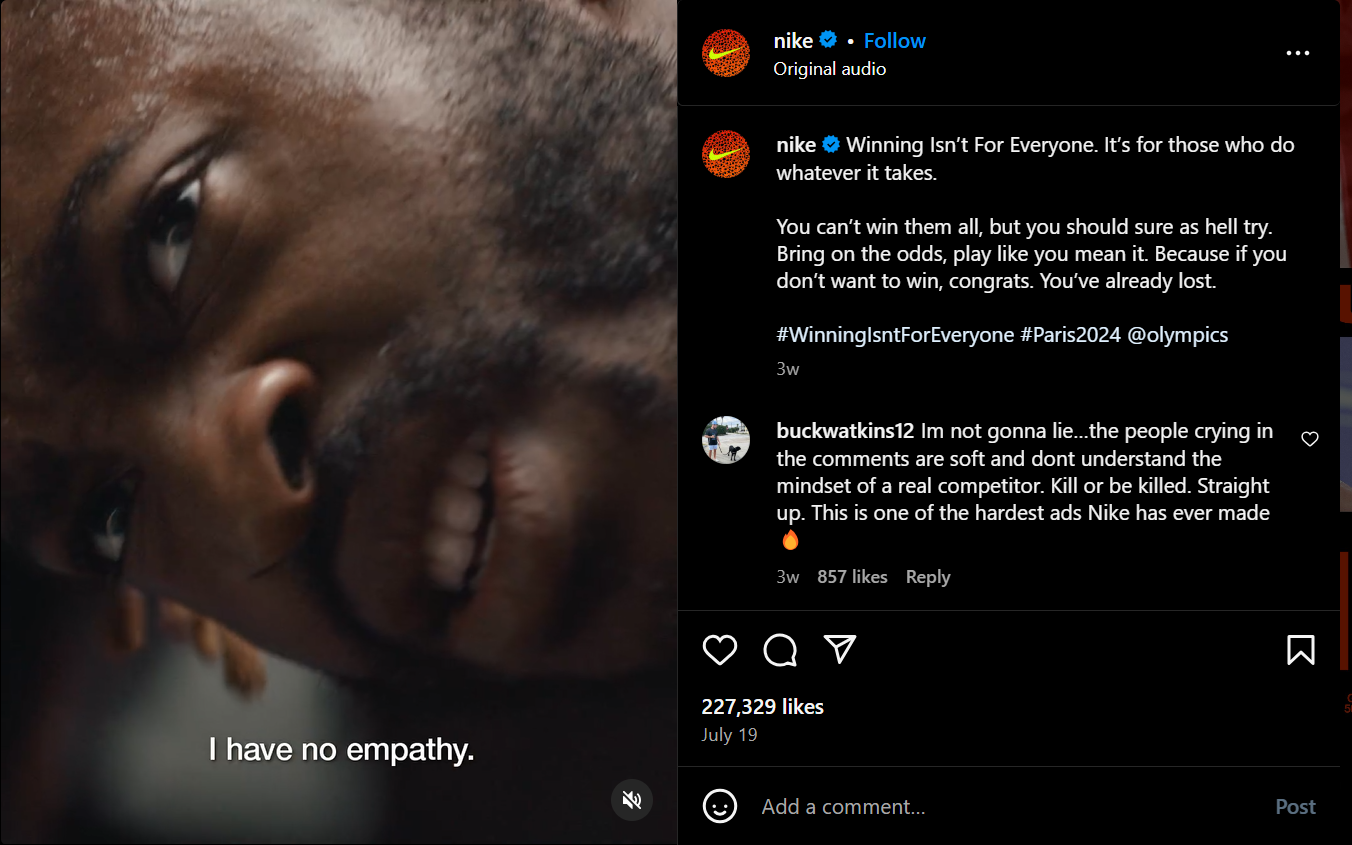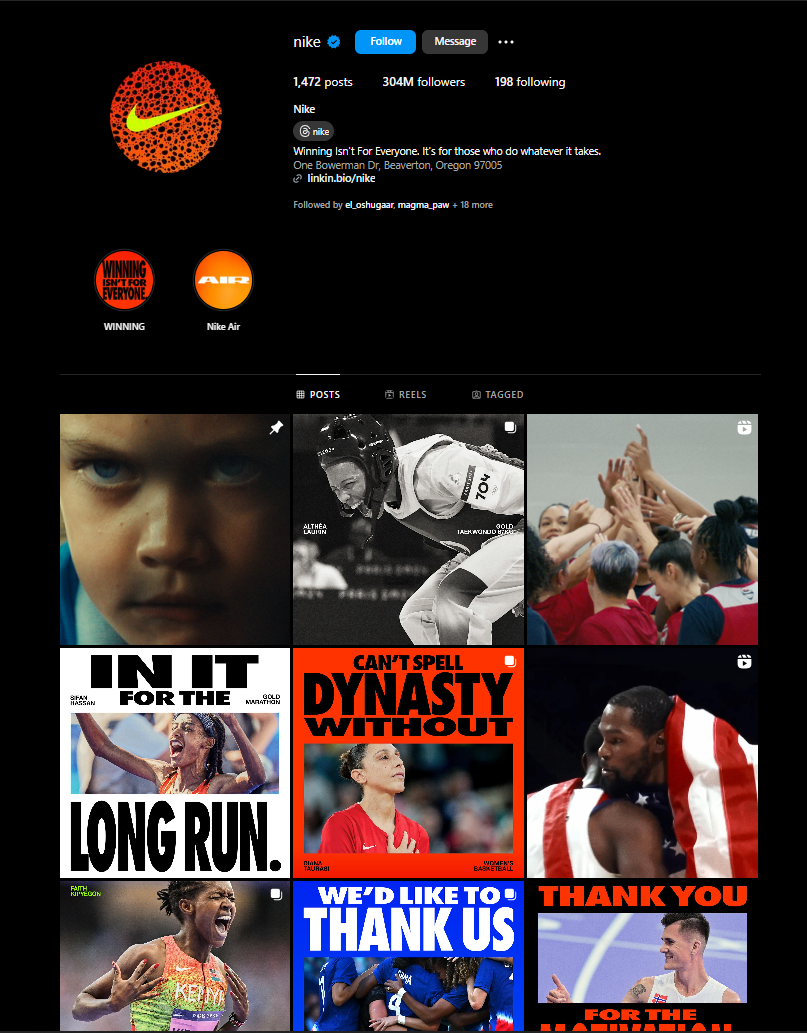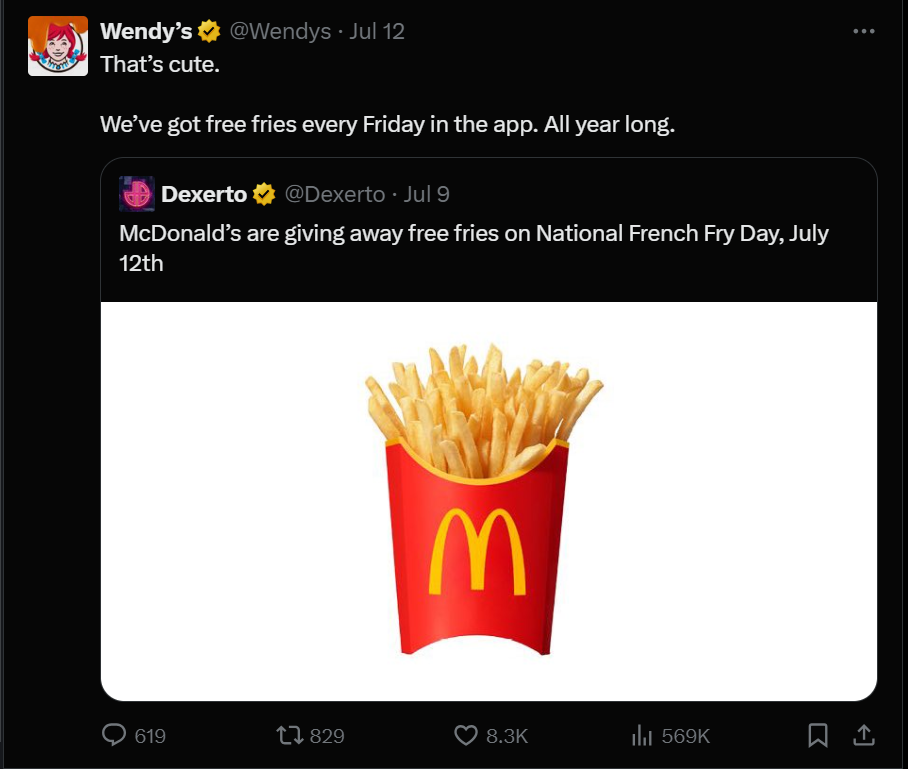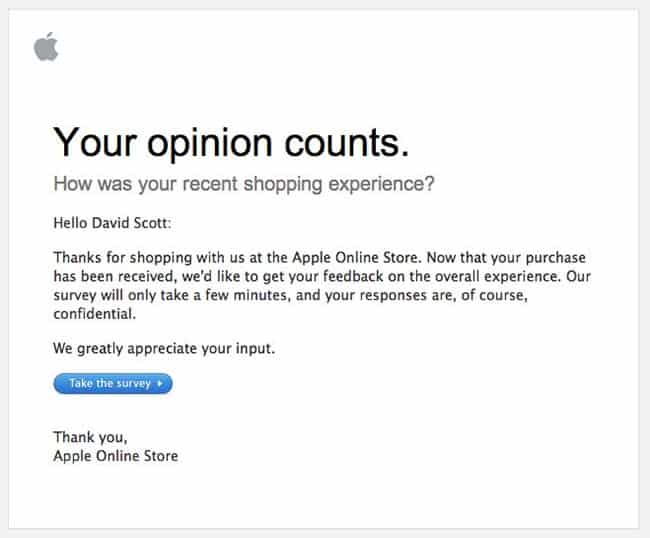
If you’ve ever wondered how some companies seem to have that magic touch—effortlessly drawing customers in, fostering loyalty, and growing their presence—you’re not alone. The secret is no secret – a strong, well-executed brand.
The marketplace is crowded and standing out can feel like an impossible task. Whether you’re a startup finding your footing or an established business looking to refresh your image, branding is the key to making a lasting impression. But what exactly does it mean to “brand” your business? Is it just about having a cool logo and a catchy tagline? Or is there more to it?
Branding goes far beyond just visuals; it’s about creating an experience, a feeling, and a connection with your audience. And the best part? You don’t need a million-dollar budget to build a brand that resonates.
In this guide, we’ll walk you through the essential steps to branding your business, no matter your industry or budget. By the end, you’ll have a clear road map to create a brand that not only stands out but also sticks with your audience long after they’ve interacted with your business. So, if you’re ready to transform your business into a memorable brand, let’s dive in!
What is Branding?
Branding is about creating a unique identity for your business—an identity that resonates with your target audience and sets you apart from the competition. But branding isn’t just about aesthetics; it’s about the emotions and perceptions you evoke in your customers every time they interact with your business.
Think of branding as the personality of your business. Just like people, businesses have their own unique traits, values, and quirks. Your brand is how you communicate these elements to the world. It’s how your customers recognize you, remember you, and decide to do business with you over someone else.
Branding is everything – from your logo, colors, and website design, to the tone of voice you use in your emails, the experience customers have when they visit your store (physical or online), and even the way your employees interact with clients. It’s all the little details working together to create a cohesive image that tells people who you are and what you stand for.
An example: Let’s take Nike, for instance. When you think of Nike, what comes to mind? Probably words like “innovation,” “performance,” and “just do it.” That’s not by accident. Nike has spent years crafting a brand that embodies these concepts, and they consistently reinforce this identity through their products, marketing, and customer interactions.
Why is Branding Important?
Here’s the thing – consumers are bombarded with choices everyday.
A strong brand helps you cut through the noise. It’s what makes your business recognizable, trustworthy, and desirable. A well-branded business can command higher prices, foster customer loyalty, and even turn customers into brand advocates who promote your business for you.
But here’s the thing: Branding isn’t just for big companies with massive budgets. Even small businesses can—and should—invest in building a strong brand. Whether you’re a solo entrepreneur or running a small team, the right branding can elevate your business and make it more competitive in the marketplace.
Now that we’ve covered the basics, let’s get into the five steps that will help you build a powerful brand, complete with examples to guide you along the way.
Step 1: Define Your Brand Identity
Before you can build a brand, you need to know who you are. Your brand identity is a combination of the values, mission, and vision that drive your business. Ask yourself:
- How do we want to be perceived by our customers?
- What are our core values?
- What do we want to achieve as a company?
Example: Think of Tesla. Their brand identity is all about innovation, sustainability, and pushing the boundaries of what’s possible in the automotive industry. Every decision they make, from product design to marketing, aligns with this identity.
Step 2: Know Your Audience
Understanding your target audience is crucial to creating a brand that resonates. Who are your ideal customers? What are their needs, desires, and pain points? The more you know about your audience, the better you can tailor your brand to meet their expectations.
Example: Nike’s target audience includes athletes and fitness enthusiasts of all levels. Their branding focuses on motivation, performance, and the empowerment of every individual to “Just Do It.”
Step 3: Develop Your Visual Identity
Your visual identity includes your logo, color palette, typography, and any other visual elements that represent your brand. This is often the first thing people notice about your business, so it’s essential to get it right.
Example: Coca-Cola’s red and white color scheme is instantly recognizable and evokes feelings of happiness and nostalgia. Their consistent use of these colors across all marketing materials has solidified their visual identity globally.
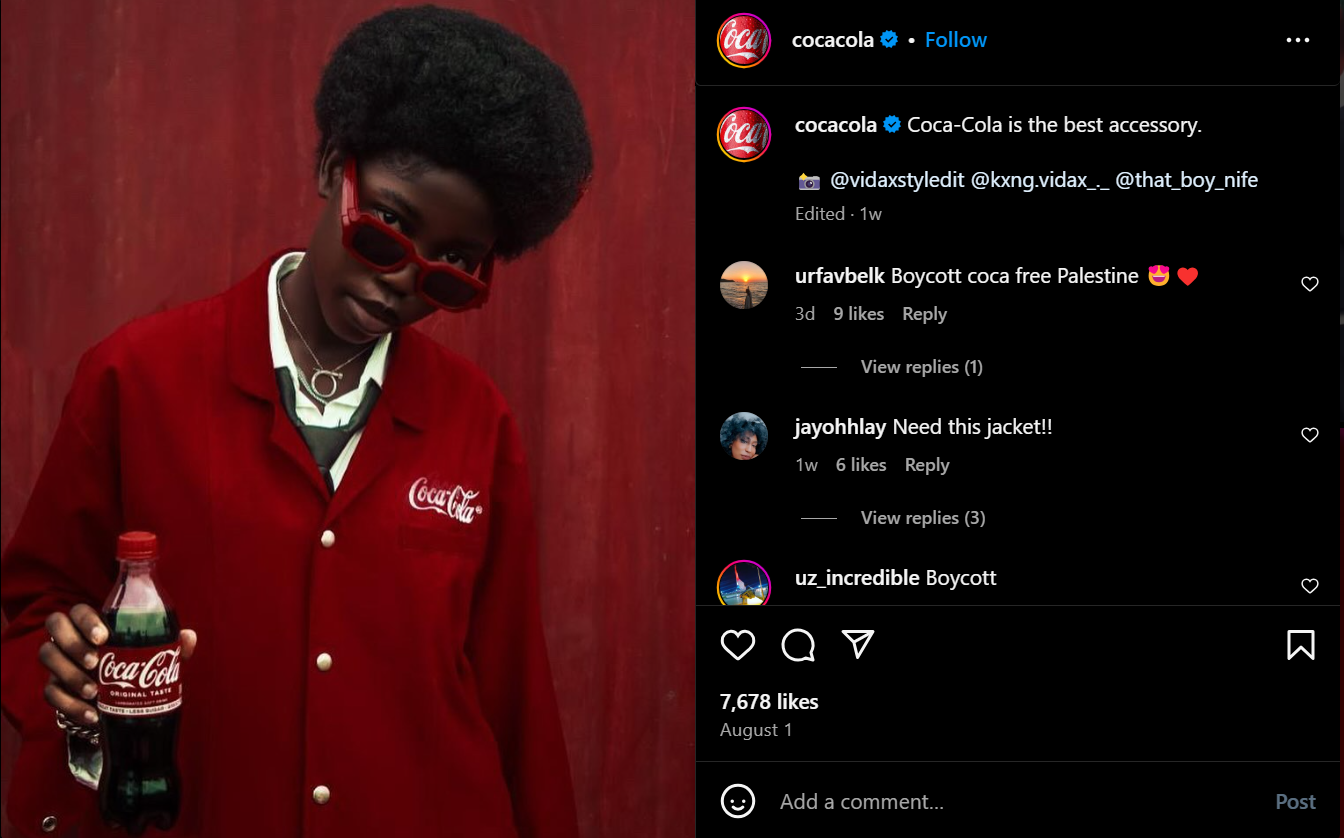
Step 4: Craft Your Brand Voice and Messaging
Your brand voice is how you communicate with your audience. It should reflect your brand’s personality and be consistent across all platforms, whether you’re writing a blog post, posting on social media, or sending out an email newsletter.
Example: Wendy’s is known for its playful, witty, and sometimes sassy brand voice, especially on Twitter. This approach has not only set them apart in the fast-food industry but has also attracted a large following.
Step 5: Implement and Monitor Your Brand
Once you’ve defined your brand, it’s time to put it into action. This means consistently applying your brand identity, visual elements, and voice across all touchpoints—your website, social media, packaging, customer service, and more. But branding doesn’t stop at implementation. You must regularly monitor your brand’s performance and make adjustments as needed.
Example: Apple consistently monitors its brand perception through customer feedback, market research, and social media monitoring. They’re not afraid to make changes if it means maintaining their brand’s integrity.
Frequently Asked Questions About Branding a Business
- What is the difference between branding and marketing?
- Branding is about creating a unique identity for your business, while marketing is the process of promoting that identity to your target audience.
- How long does it take to establish a brand?
- Building a brand is a long-term process that can take months or even years, depending on your industry and marketing efforts.
- Can I rebrand my business if my current branding isn’t working?
- Yes, rebranding is a viable option if your current branding no longer resonates with your target audience or aligns with your business goals.
- What tools can I use to create my brand’s visual identity?
- Tools like Canva, Adobe Illustrator, and Adobe Spark can help you design logos, social media graphics, and other visual elements for your brand.
Conclusion
Branding is more than just a logo or a catchy tagline; it’s the identity of your business. A strong brand can set you apart from the competition, foster customer loyalty, and drive business growth.
It is an ongoing journey that requires constant attention and adaptation. By following these five steps, you’ll be well on your way to building a brand that not only stands out but also connects deeply with your audience. Remember, the strongest brands are those that stay true to their identity while evolving to meet the needs of their customers.



